Play is the most valuable form of learning! As an Early Childhood Director/Teacher here in Newcastle, play is simply a part of my everyday work. I understand the importance and benefits of play, and I’m very familiar with the types of baby sensory activities that not only engage children but encourage and support them to learn and develop.
It’s easy to assume that everyone understands the value of play, however often parents are not as familiar and they struggle to incorporate engaging play experiences into their child’s everyday home environment. You don’t need to sign up for a class on sensory play. You can do sensory play at home.
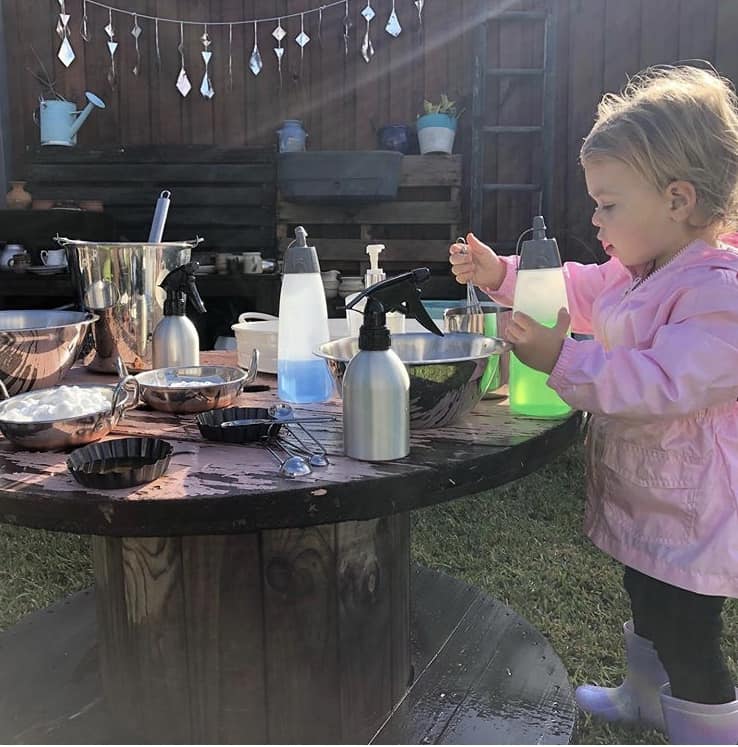
Children love to play and most of the following activities could be adapted for children of all ages. However, for this article, I’m focusing particularly on babies and toddlers as often they are not recognised as being capable and independent learners. Babies and toddlers spend every waking moment learning so it is essential that they are provided with appropriate play experiences.
Sensory play is a highly beneficial type of play in which babies and toddlers thrive. Often when someone hears the term’ sensory play’ they automatically think “that’s too messy for me” without actually exploring the concept further. Yes, sensory play can be extremely messy, but it can also be quite the opposite with little to no mess at all.
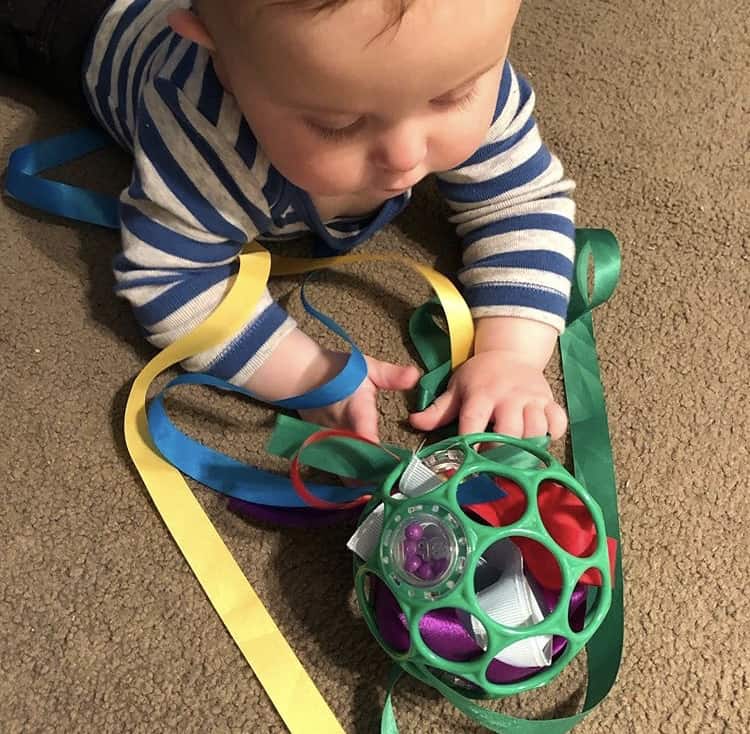
Sensory play is crucial for children’s development as it provides opportunities for them to make important connections about the world while stimulating and developing their senses (sight, hearing, taste, smell and touch) in a practical/hands-on, unstructured and engaging way.
Most sensory play activities are quick and easy to set-up, often using everyday household items or natural resources, and are guaranteed to provide your child with hours of valuable learning and entertainment (much more than any generic toy could ever do).
Here are five different types of sensory play activities for you to try at home, including extremely messy play to the more tidier play.
Water play

Water play is always a popular activity with kids, particularly in summer. It’s one of those play activities that is often set-up with not much thought, but next time you get it out why not change it up a little by simply adding detergent/bubble bath, food colouring or glitter/spices to the water. Or even better, freeze the water with hidden treasures inside.
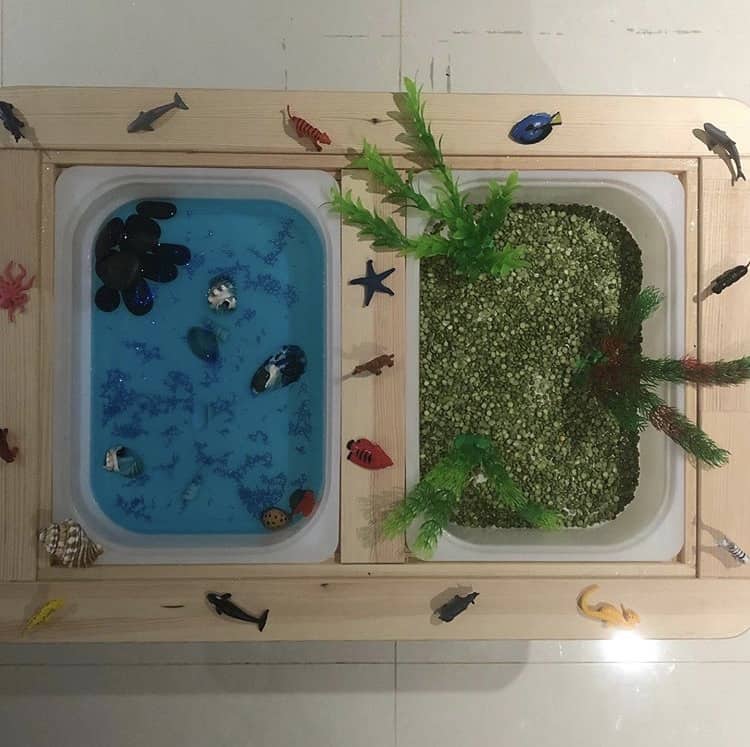
Add different sized bowls/cups/containers/jugs, scoops, syringes, sifters, spray/pump bottles, funnels, strainers… and leave your child/ren to explore (it really is that simple). Water play teaches numerous skills such as problem-solving, hand-eye coordination, motor skills, and attention span, as well as science and maths concepts (e.g. volume, space, temperature).
Light play
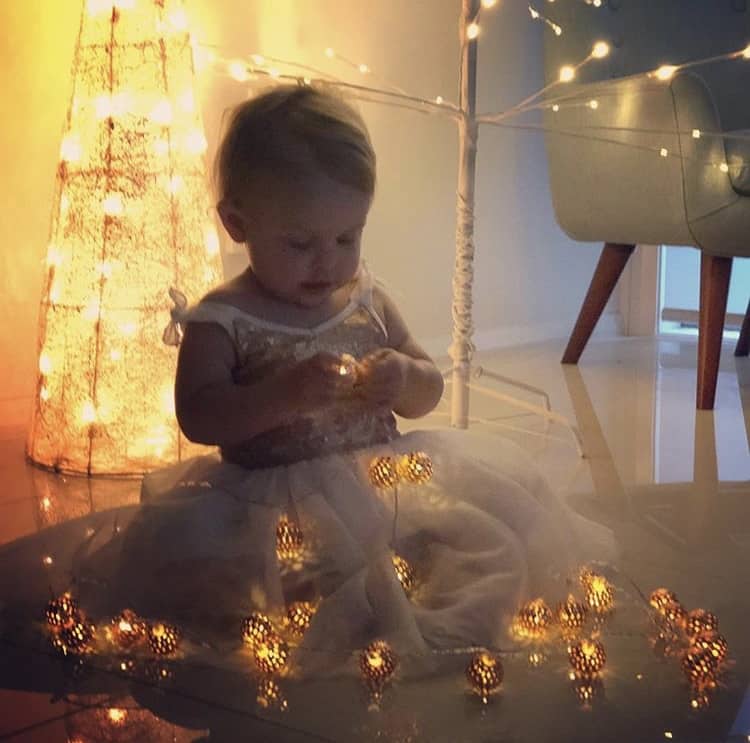
This is always a fun one and it can often be explored by simply using nature such as sunlight. However some other useful resources include coloured perspex/cellophane, mirrors/metal objects/aluminium foil, fairy lights/torches, bubbles, coloured/shiny glass stones, and many other light/glow-in-the-dark toys. Light play explores concepts such as reflection, shadows, and colour-mixing.
Messy play

Messy, slimy, squishy play – Here’s the scary one that parents often steer away from due to one thing- mess! If this is you can I encourage you to try to get past the mess and focus on the many amazing benefits that this type of play has to offer.
You just might be surprised by how much fun it is! Some examples of messy play activities include slime, goop, play-dough (add herbs/spices, essential oils, flowers, citrus fruits for scent), clay, shaving foam, hair gel, oobleck, sand, kinetic sand, dirt/mud, water, cloud dough, and foam.
Messy play provides opportunities to explore, experiment and problem-solve; it improves coordination, helps to regulate emotions and behaviours and explores concepts such as volume, measurement, texture and consistency.
Sensory bins

The possibilities of sensory trays or bin are endless and there are so many creative ideas to try. Some examples include messy play resources such as above, cooking ingredients (cooked spaghetti, dried rice/pasta shapes, oats, salt, crushed wheat-bix, dry cereal, popcorn kernels, dried beans/lentils, cocoa powder, flour, jelly), natural resources (sand, gumnuts, pine-cones, feathers, pebbles, leaves, shells), or small loose parts (water-beads, sequins/glitter, buttons, corks, beads, bottle lids, toothpicks, paper-clips, pom poms, ribbons/material, pipe cleaners, straws, nuts and bolts, shredded paper).
Sensory trays provide children with an opportunity to explore different textures whilst also encouraging science and maths concepts as mentioned above. Another option is to introduce utensils for those who struggle with sensory issues to encourage them to get involved in a more comfortable way.
Sensory bottles and more

Sensory bottles / bags / frames / hoops – these are simple DIY resources that can be made using everyday items. They use many of the same resources as above- messy play ingredients, cooking ingredients, natural resources and small loose parts but in these activities, the resources are more restricted e.g. within a bottle, plastic sleeve/bag or photo frame, or attached to a hula hoop.
Some other alternative resources include fake grass, corrugated cardboard, bubble-wrap, a fluffy mop-head, bells, and glitter water. Sensory resources such as these explore concepts such as music and sound (using as shakers), eye coordination, fine-motor development, and can be used as a calm-down resource to help regulate emotions.
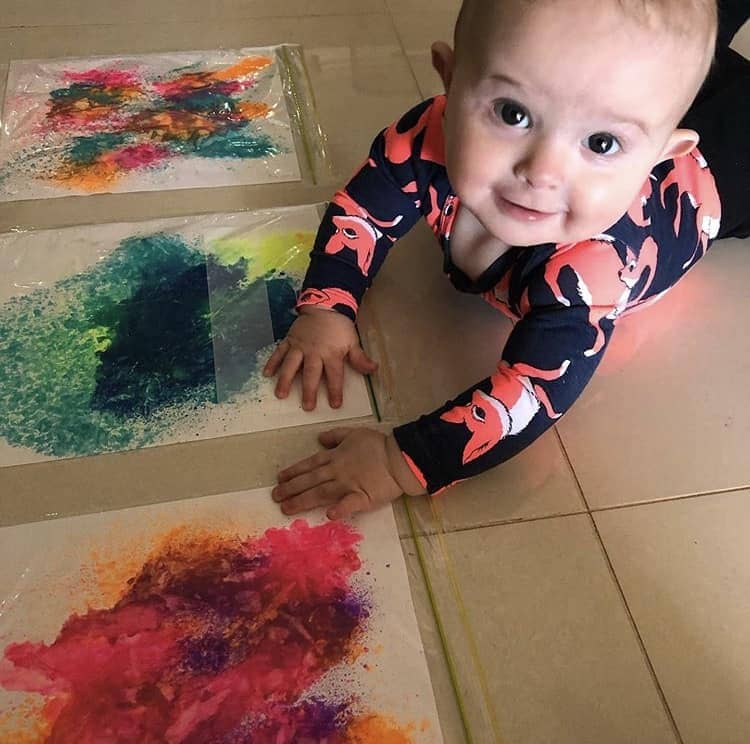
You can also offer mess-free painting by filling a bottle or plastic sleeve/bag with paint which is a great first art experience for babies.
I hope that you have enjoyed learning about the importance of play and that I have inspired you to give some of these sensory activities a go with your little ones at home. If you would like more ideas or inspiration, follow my Instagram account @mila.and.micah.
SAFETY: Please note that as a parent engaging in these activities you must always supervise your child/ren and ensure that the activities are appropriate for your individual child, being mindful of water safety and choking hazards.
You might also like:
10 Play-Based Activities for Preschoolers

Bianca grew up in Newcastle and loves everything about this wonderful city. A mum of two under 2 1/2, she cherishes the crazy and challenging, yet beautiful days that she gets to share with her children. On her days off she enjoys exploring new places together and creating fun and engaging play experiences, which she shares on her instagram account @mila.and.micah. When Bianca isn’t being Mum to her two, she is busy managing a local community-based childcare centre. She has 10 years experience as an Early Childhood Teacher and Director, and is passionate about play-based learning for the early years.
